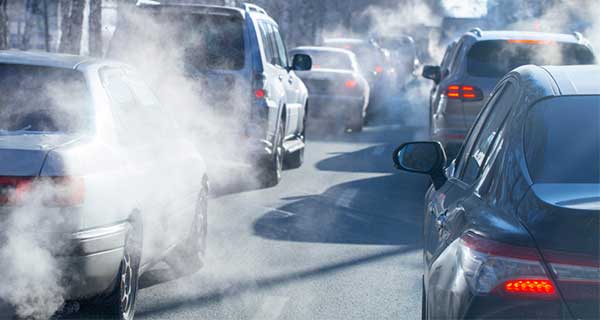
Coronavirus patients in areas with high air pollution are more likely to die from the infection. Here’s what you need to know—and some tips on reducing exposure to pollution.
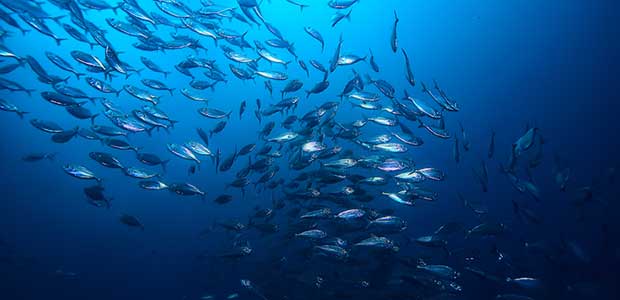
Major review reports the recovery of marine life—but we are not done yet.
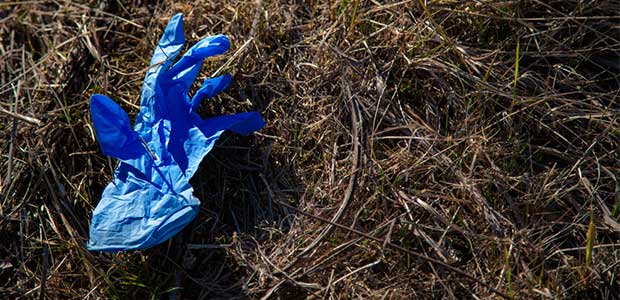
The outbreak of the coronavirus has meant littered medical supplies waste in parking lots, on sidewalks and most other public spaces. It is one of the many unintended byproducts of the pandemic.
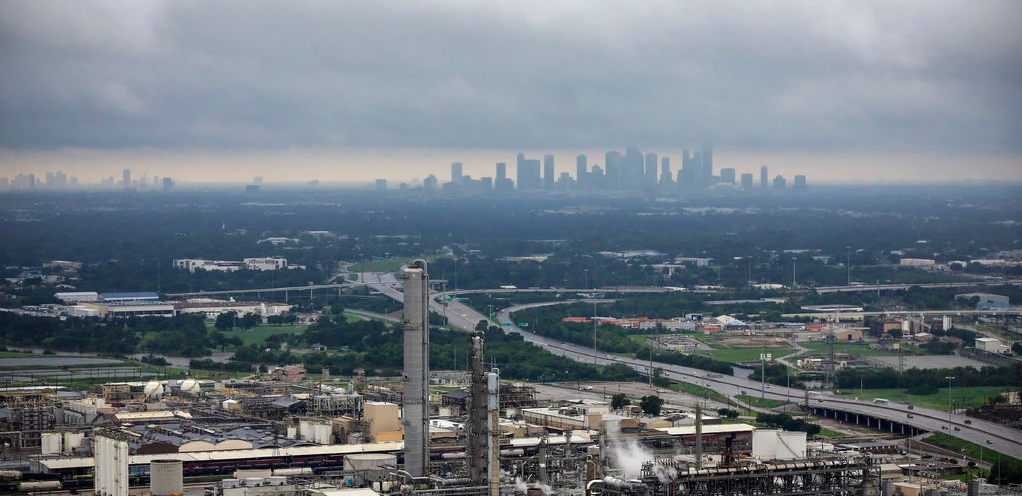
In response to the coronavirus pandemic, the EPA drastically reduced pollution rules for power plants, factories and other facilities.
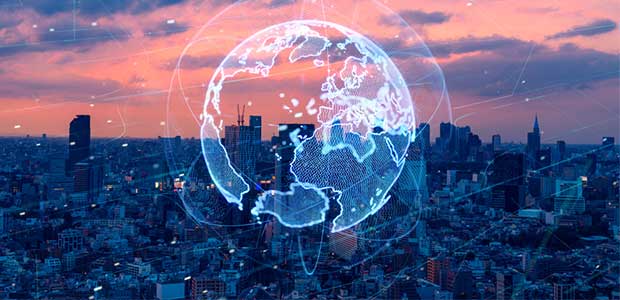
Environmental protection is benefiting big time from big data.
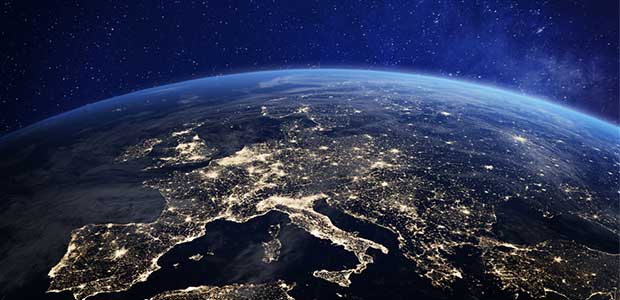
The worldwide pandemic has had some unexpected effects on climate change. The question is: can the world learn from it?
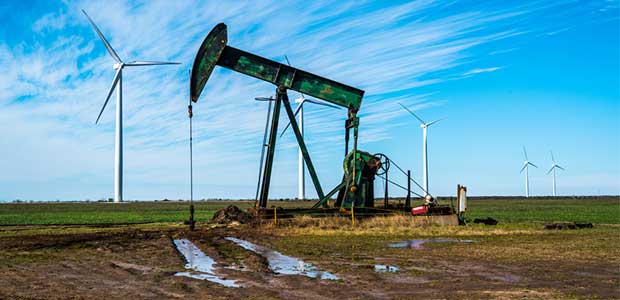
Energy experts classify oil as a nonrenewable resource. However, that doesn't mean people can't still abide by eco-friendly practices when using it.

The Environmental Protection Agency (EPA) just released a list of EPA-registered disinfectant products that have qualified for use against SARS-CoV-2, or the coronavirus that causes COVID-19.
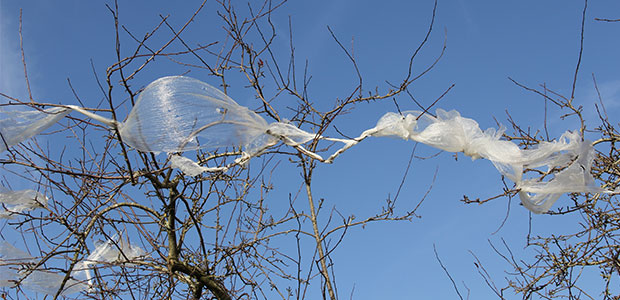
The state of New York is the third U.S. state to mandate that all businesses avoid single-use plastic bags in order to address “environmental blights.”

The medical industry doesn't have the best track record when it comes to environmentalism. However, some healthcare companies are changing that.
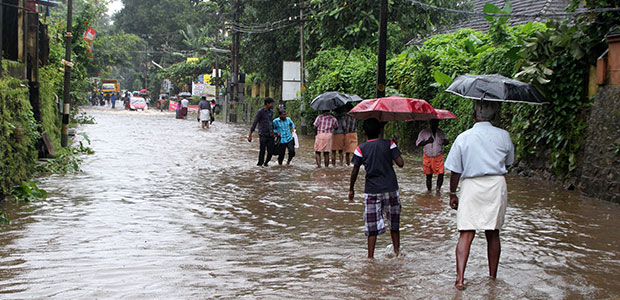
A recent report details national and global security threats related to climate change in the hopes that decision-makers and leaders will recognize the relationship between global warming and security.
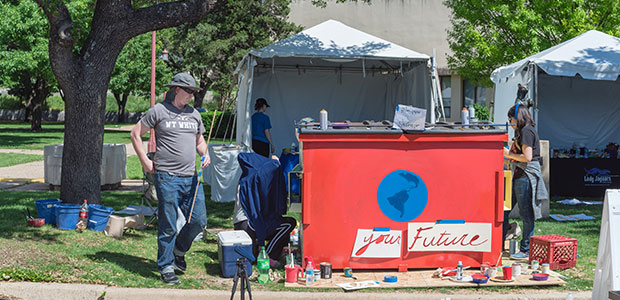
Many non-governmental organizations (NGOs) are taking proactive steps to help protect and heal natural areas, and us with it.
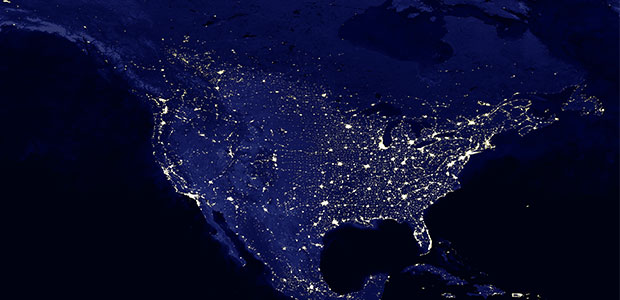
We take a closer look at the current environmental issues in the U.S., how it may be exacerbating these problems and what the country may do to resolve them.
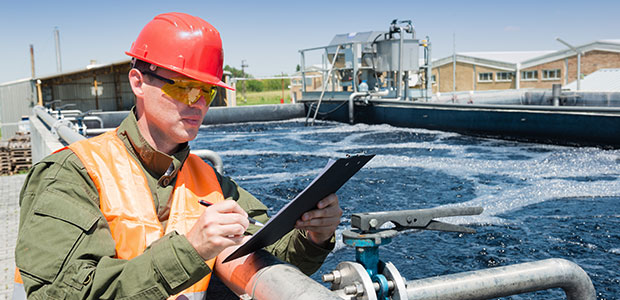
Automated wastewater treatment systems help manufacturers remain in compliance with EPA and local standards while significantly reducing the cost of treatment, labor and disposal.
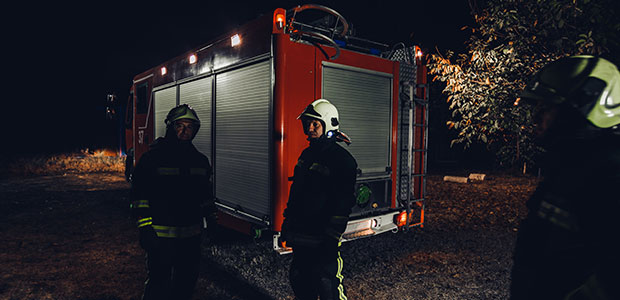
A recent New York Times article reports that most of the fires are finally out in New South Whales, but there are still more to address.
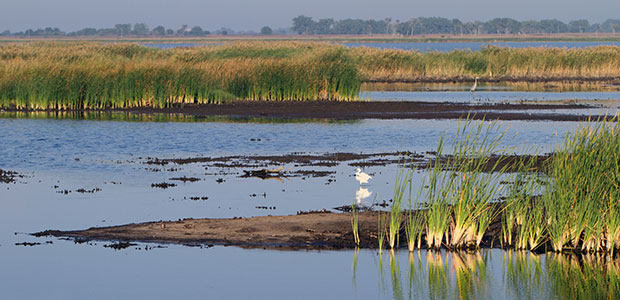
The finalized version of the water rule aims to clarify water resources management in the US under a provision of the Clean Water Act of 1972. EPA makers of the rule call it a new definition for “waters of the United States.”
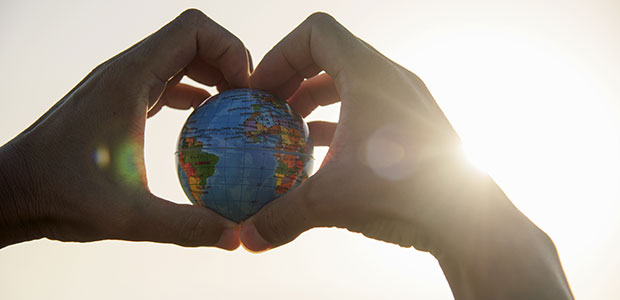
In case you’re one of many people often confused about global warming and climate change, the New York Times published the most commonly asked questions and some pretty straightforward answers.
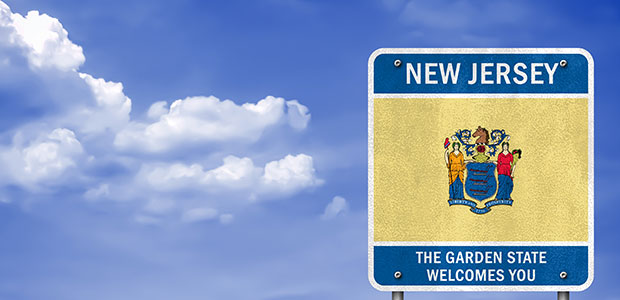
Now, builders will be forced to consider climate change, including rising sea levels, in order to win government approval for projects.
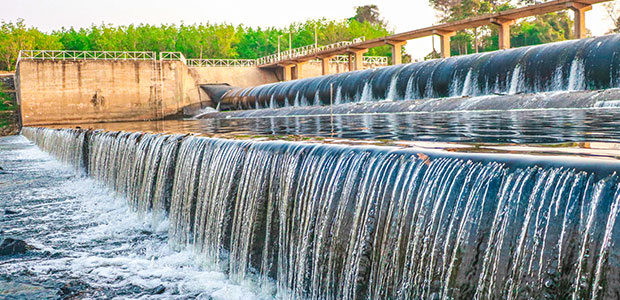
The DOE and Energy Efficiency and Renewable Energy (EERE) announced the Fish Protection Prize to develop sustainable water structures and protect fish species.
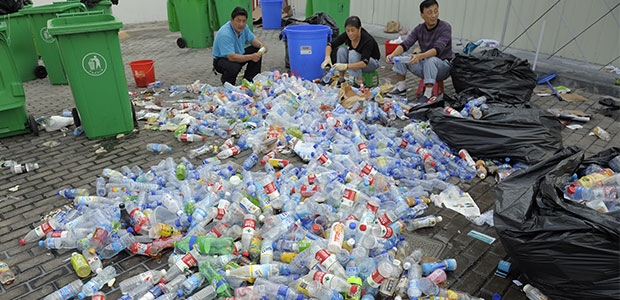
Here’s how recycling has changed in all 50 states since changes in China’s waste import laws—and what we should do about it.